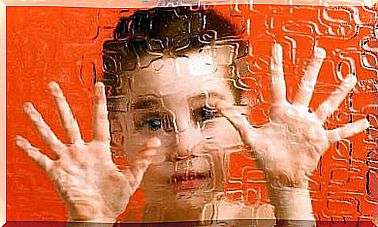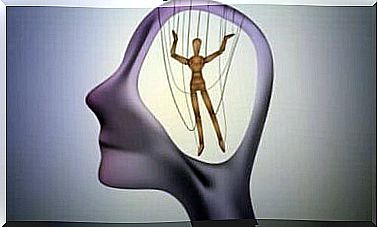Making The Right Choices With Mindfulness

Making the right choices, in most cases, is not easy at all. We are assailed by doubts or fears that make us continually re-evaluate events, placing ourselves in the difficult position between abandoning and continuing to insist. How can you be sure it’s the right choice? How to be sure not to make mistakes? Practicing mindfulness can help us.
The latest research in the field of mindfulness indicates that this practice, and the various techniques it encompasses, can have a positive effect on our decision-making ability. Making the right choices with mindfulness is a conscious process in which the attention is focused on the present. We are thus able to disconnect from autopilot, with all the resulting benefits.
Making the right choices with mindfulness: without choice there is no life
The Buddha taught us that suffering is caused by ignorance, and through delusional errors and delusions, he makes us understand that the mind has its nature. To free the mind of suffering, we need to know what “really” is.
In this regard, one of the most powerful tools for developing this profound insight is mindfulness or mindfulness. A practice that helps us to be aware moment by moment, which teaches us to pay attention to what happens, how and in what way and, of course, to focus on how we feel when it happens.

Mindfulness helps us to progress gradually from the surface to the depths. As clouded as our minds may be, this technique will make it easier to find the light in the dark. This is why we recommend making your own choices with mindfulness, as it helps to see more clearly what needs to be done, what we are capable of doing and how to react appropriately. Obviously it is not easy to be aware, so a lot of practice will be required.
In conscious breathing we systematically learn to pay attention to and welcome everything that comes from the mind; without judging, without forcing, without indulging.
The exercise of mindfulness is no different from any other activity or skill we have already learned: cooking, walking, reading, playing. Likewise, the more you practice, the more skilled you become. And little by little the moments of awareness grow to become conscious days, conscious weeks, conscious months, conscious years …
The choices we make define us
The decision-making process develops in four stages. In each, the practice of mindfulness has proved very useful, offering very positive effects.
Frame the decision
Mindfulness practice encourages us to be proactive, helping us identify when a decision needs to be made or not. All this is possible through the clarification of the objectives, the definition of alternatives, the exit from the spiral of irrationality due to a previous wrong decision, as well as the recognition of the ethical dimension of the decision to be taken.
Some studies indicate that people who practice mindfulness (generally taking a break to reflect and listen to themselves) are even more aware of ethical principles. In this way the choices made are in accordance with their values. Conversely, people who fail to link their choices with their goals and values can get unwanted results.
The collection of information
This phase involves finding the information you need to make the right choice. Two important aspects of this phase are the quantity and quality of the information collected. It has been found that the practice of mindfulness develops a greater tolerance towards uncertainty and this allows you to be more determined in making decisions despite uncertainties.
The choices made with mindfulness are an example of recognizing the limits of one’s knowledge and the breadth of situations of uncertainty.

Coming to a conclusion
Mindfulness helps us examine and quantify the discrepancy between intuition and the systematic analysis that occurs when making a decision. This means detaching from emotions and thoughts for greater perspective and clarity, separating irrelevant information from relevant information and being less inclined to believe in stereotypes.
Coming to a conclusion includes making the choice. Some studies show that people who practice mindfulness are less likely to be victims of the “gap between intention and behavior”; or the disconnect between knowing what needs to be done and actually doing it. Mindfulness therefore reduces cognitive rigidity, which is the tendency to make decisions using automatic thought patterns.
Learn from feedback
This last stage is a very important step in the decision-making process. Accepting mistakes can be very difficult in some moments. Mindfulness can help make it a little easier by reducing defensive tendencies (greater openness to negative feedback) and promoting courage and resilience.
People who are more aware or present are more likely to learn from past experiences. Also, it is easier to disengage from the ego when you are more open to negative feedback.









